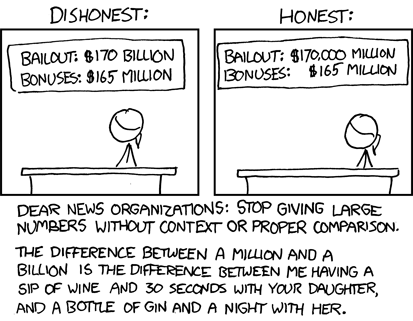
Last week as I was going through a whirlwind tour of conics to wrap up my Math Analysis class, I wanted to illustrate some real-life examples. Rather than just saying “these things are parabolas, these things are ellipses [etc]” I wanted to have the kids DO something with conics.
I’m not sure I succeeded, but I did come up with one activity that, with further work, could be a nice problem for future Advanced Algebra / Analysis classes.
I had a nice high quality picture of the Very Large Array in New Mexico, since my sister and I visited there on a cross-country drive. I wondered if it was possible to find an equation that would actually model the parabolic shape of the telescopes. So I popped the picture into Geogebra and constructed a parabola via the locus tool (which I just recently learned how to use).
The stated goal of the assignment is “find an equation for the telescope.” I told them not to worry about the rotation. We could handle that later. (we didn’t handle it, but perhaps next time, if this comes after matrices we could multiply by a rotation matrix… find the angle by inverse trig based on the slope of the dish)
But I think if I had used Geogebra with the kids more this year, they might have the capability to construct the locus themselves instead of me giving them focus / directrix. Basically, if they did what I did, I feel they’d get a good understanding of what a parabola is from a locus standpoint.
I didn’t put this on the mathlet, but the diameter of one dish is 85 feet. Two ways to handle that: (1) rescale it so the geogebra numbers match it. (2) have the kids find the scaling factor (put points on the locus, measure the diameter using a segment). I like option 2, but that does require them to be well versed in Geogebra (goal: verse my kids in Geogebra next year!)
Well, I appreciate any comments / critique.
http://scottfarrar.googlepages.com/VLA.html




